The quasiparticles associated with a phenomenon called the fractional quantum Hall effect can bind together into stable clusters.
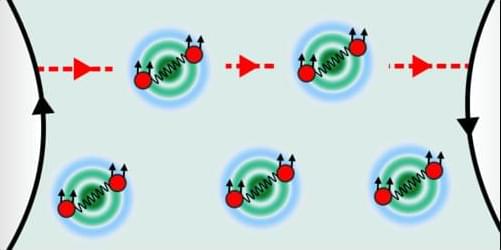

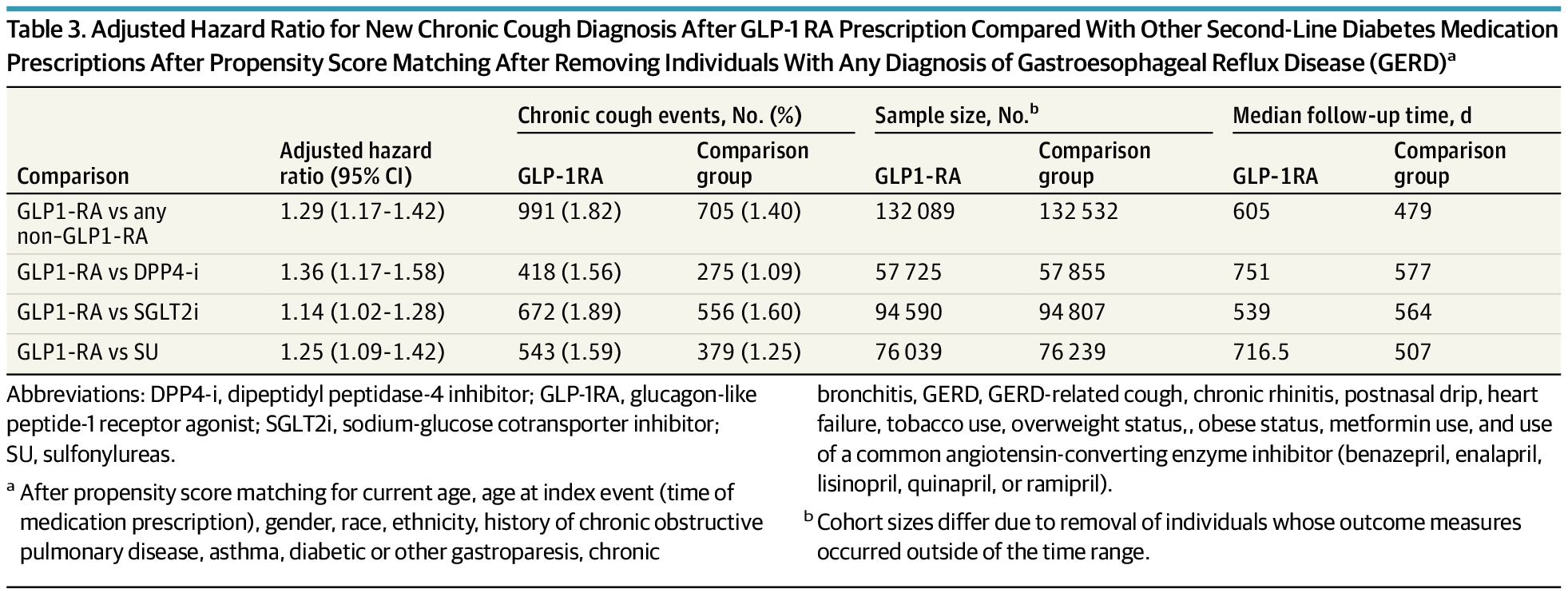
Use of glucagon-like peptide-1 receptor agonists (GLP1RA) in adults with type 2 diabetes was associated with an increased risk of new chronic cough compared with other second-line diabetes medications.
Question Is the use of glucagon-like peptide-1 receptor agonists (GLP-1RAs) associated with increased risk of chronic cough?
Findings In this cohort study of 427 555 individuals who were prescribed a GLP-1RA and 1 614 495 matched individuals who were prescribed a different second-line diabetes medication, GLP-1RA treatment was associated with a higher adjusted hazard ratio of new chronic cough. This association was independent of gastroesophageal reflux disease diagnosis.
Meaning The study findings suggest that patients who use GLP-1RAs have an increased risk of chronic cough, suggesting further exploration of the strength of this association and pharmacologic mechanisms.

For the first time, MIT chemists have synthesized a fungal compound known as verticillin A, which was discovered more than 50 years ago and has shown potential as an anticancer agent.
The compound has a complex structure that made it more difficult to synthesize than related compounds, even though it differed by only a couple of atoms.
“We have a much better appreciation for how those subtle structural changes can significantly increase the synthetic challenge,” says Mohammad Movassaghi, an MIT professor of chemistry. “Now we have the technology where we can not only access them for the first time, more than 50 years after they were isolated, but also we can make many designed variants, which can enable further detailed studies.”
In tests in human cancer cells, a derivative of verticillin A showed particular promise against a type of pediatric brain cancer called diffuse midline glioma. More tests will be needed to evaluate its potential for clinical use, the researchers say.
Movassaghi and Jun Qi, an associate professor of medicine at Dana-Farber Cancer Institute/Boston Children’s Cancer and Blood Disorders Center and Harvard Medical School, are the senior authors of the study, which appears today in the Journal of the American Chemical Society. Walker Knauss PhD ’24 is the lead author of the paper. Xiuqi Wang, a medicinal chemist and chemical biologist at Dana-Farber, and Mariella Filbin, research director in the Pediatric Neurology-Oncology Program at Dana-Farber/Boston Children’s Cancer and Blood Disorders Center, are also authors of the study.
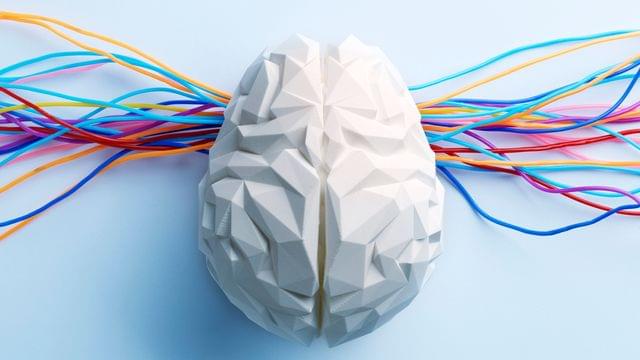
EPFL scientists have integrated discarded crustacean shells into robotic devices, leveraging the strength and flexibility of natural materials for robotic applications.
Although many roboticists today turn to nature to inspire their designs, even bioinspired robots are usually fabricated from non-biological materials like metal, plastic and composites. But a new experimental robotic manipulator from the Computational Robot Design and Fabrication Lab (CREATE Lab) in EPFL’s School of Engineering turns this trend on its head: its main feature is a pair of langoustine abdomen exoskeletons.
Although it may look unusual, CREATE Lab head Josie Hughes explains that combining biological elements with synthetic components holds significant potential not only to enhance robotics, but also to support sustainable technology systems.
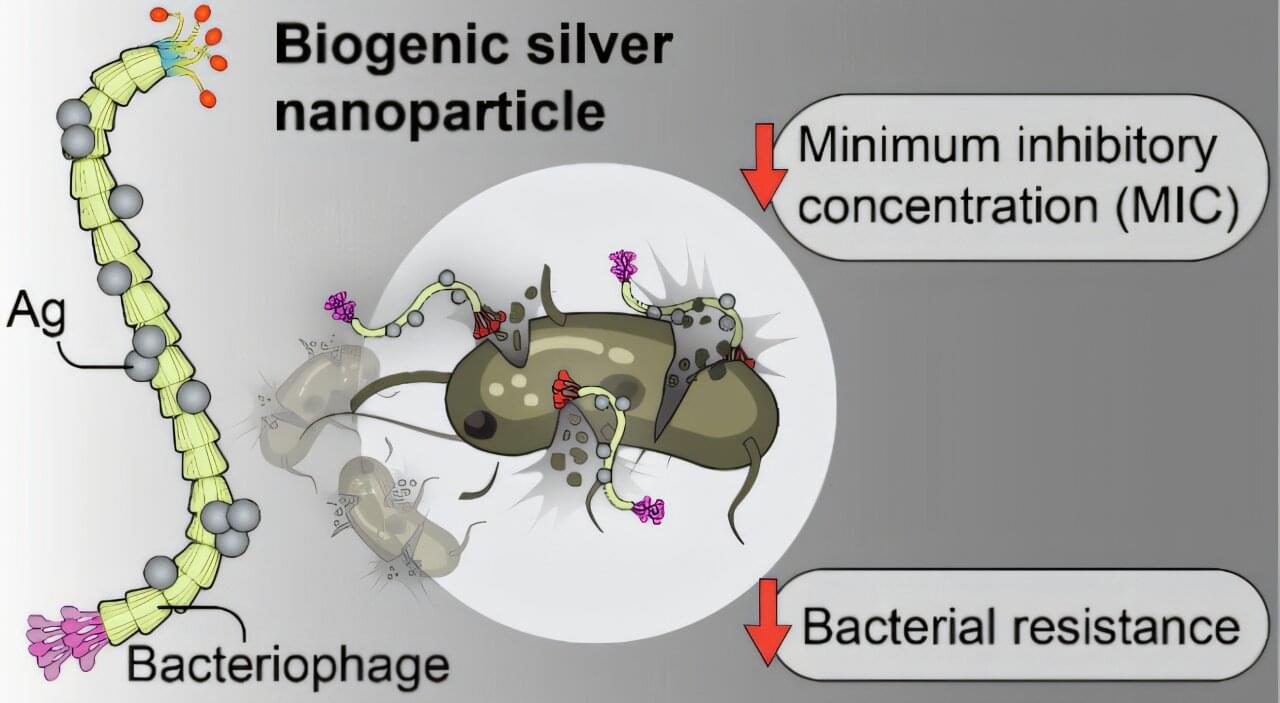
Antibiotics are no longer able to treat infections as effectively as they once did because many pathogens have developed resistance to these drugs. This phenomenon, known as antimicrobial resistance (AMR), claims over a million lives worldwide each year.
Scientists have long been searching for treatments to overcome AMR, and a discovery by researchers at the University of California takes a significant step forward. The team has developed a new type of silver nanoparticle (AgNP) that is much more effective against harmful bacteria and significantly slows the rise of antibiotic resistance.
The AgNP was designed with M13 phage—a rod-shaped virus that infects E. coli bacteria—as the biological template for particle growth, resulting in a potency 30 times higher than that of commercially purchased silver nanoparticles.

The Tamagotchi craze started during the 1990s, with the original electronic toys. Years before our smartphone obsession, Tamagotchis were pixelated pets you carried around, often on a keychain. You had tiny rubber buttons and a miniature screen to feed, clean, and take care of your Tamagotchi. If you failed, you returned to a tiny digital tombstone.
In recent years, Tamagotchis have made an unlikely comeback. But now, a team of students at Northeastern University want to build something much more real.
SquidKid looks like a whimsical cartoon squid, but it’s actually a “bioreactor,” essentially a biological life support system. Inside it, floating in a special “broth”, are millions of real, living, glowing bacteria. The students who designed it are blunt.
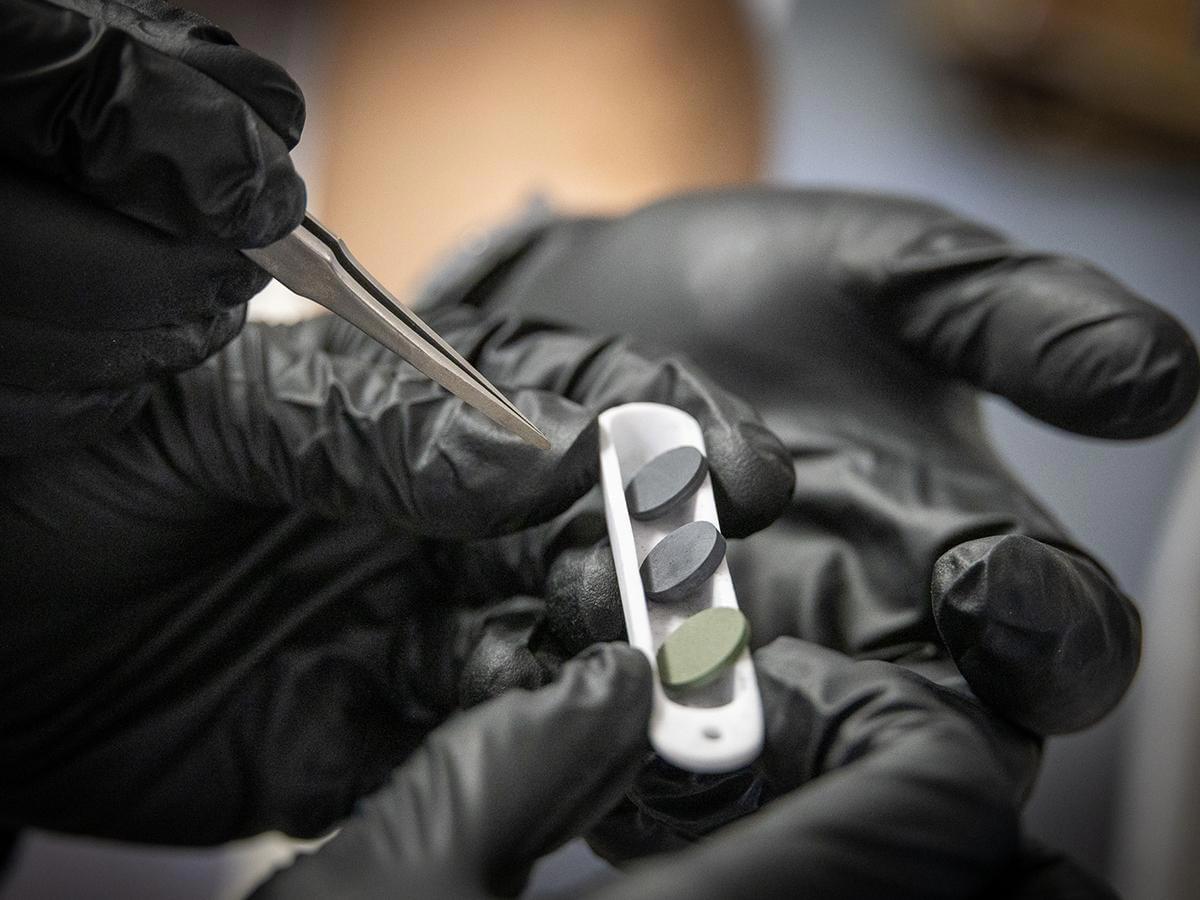
Sometimes, less truly is more. By removing oxygen during the synthesis process, a team of materials scientists at Penn State successfully created seven new high-entropy oxides (HEOs)—a class of ceramics made from five or more metals that show promise for use in energy storage, electronics, and protective coatings.
“By carefully removing oxygen from the atmosphere of the tube furnace during synthesis, we stabilized two metals, iron and manganese, into the ceramics that would not otherwise stabilize in the ambient atmosphere,” said corresponding and first author Saeed Almishal, research professor at Penn State working under Jon-Paul Maria, Dorothy Pate Enright Professor of Materials Science.
Almishal first succeeded in stabilizing a manganese-and iron-containing compound by precisely controlling oxygen levels in a material he called J52, composed of magnesium, cobalt, nickel, manganese, and iron. Building on this, he used newly developed machine learning tools—an artificial intelligence technique capable of screening thousands of possible material combinations within seconds—to identify six additional metal combinations capable of forming stable HEOs.
Penn State scientists discovered seven new ceramics by simply removing oxygen—opening a path to materials once beyond reach.
During their experiments, the researchers also established a framework for designing future materials based on thermodynamic principles. Their findings were published in Nature Communications.

Navigating The Deep Tech Industrial Revolution with Chuck Brooks.
Link.
Chuck Brooks got his start in cybersecurity at the Department of Homeland Security, as one of the organization’s first hires. He has worked in Congress and other agencies, as well as large companies and cybersecurity firms. He uses experiences to teach students at Georgetown University how to manage change, including the kind posed by quantum tech. In this podcast episode, Chuck and host Veronica Combs discuss digital security threats and how to use AI.
🎧 Tune in here: https://lnkd.in/gMkTjuE6
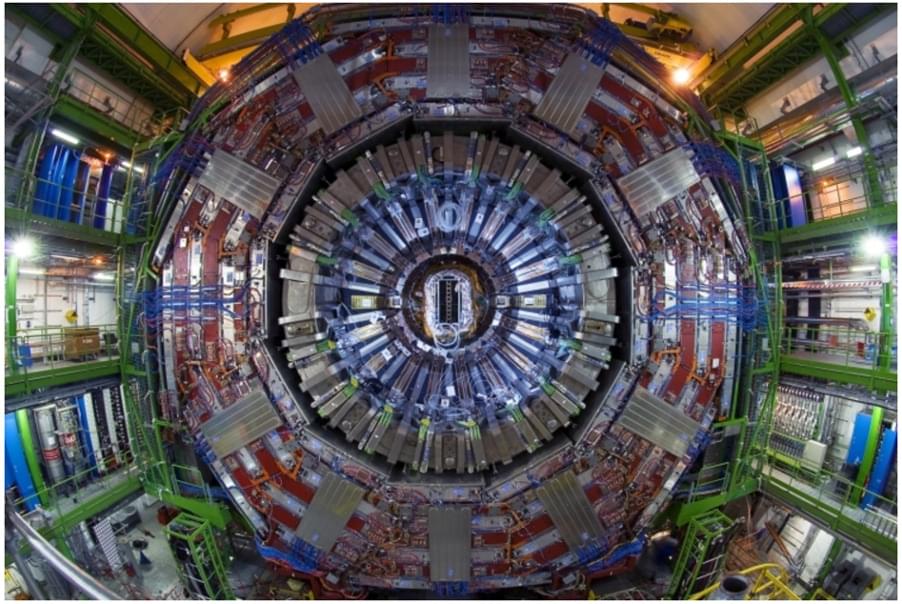
Upon close inspection, the tetraquark family members are consistent with tightly bound diquark pairs
The CMS Collaboration has identified three extremely rare same-flavor teraquark states and determined, based on their spin-parity configuration, that they are consistent with a diquark-antidiquark model.
In recent years, a long-standing orthodoxy that all strongly interacting particles (hadrons) are either pairs (mesons) or triplets (baryons) of quarks (q) has been fundamentally overturned. Rapid progress has been made in identifying a plethora of candidates for “exotic hadrons”, including tetraquarks (qq̅qq̅) and pentaquarks (qqqqq̅), now recognized within the scientific community.